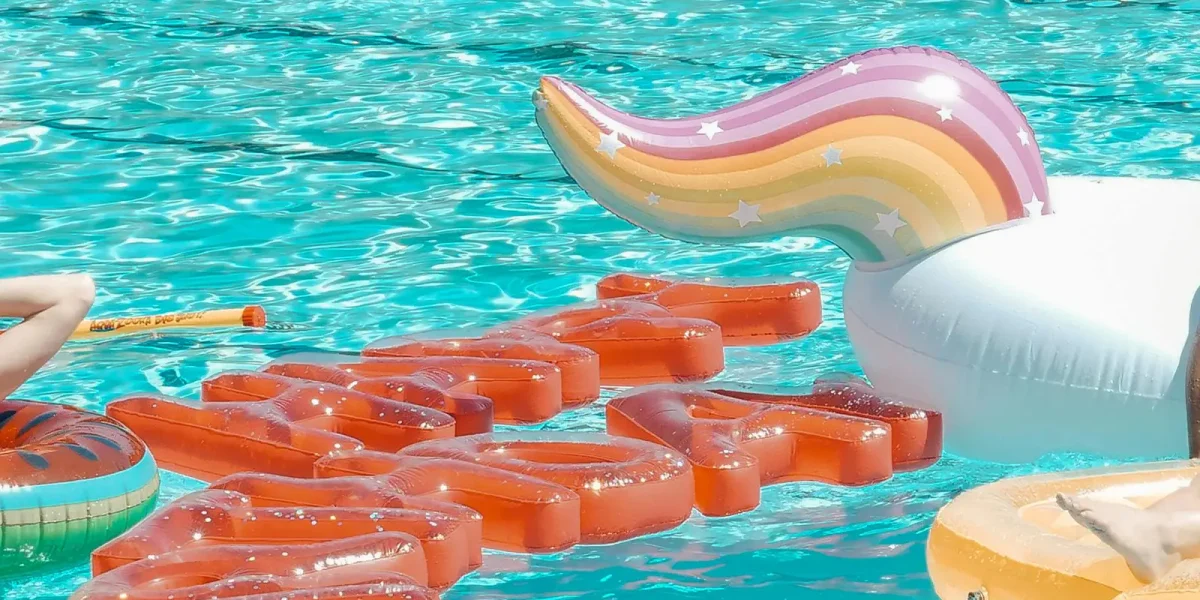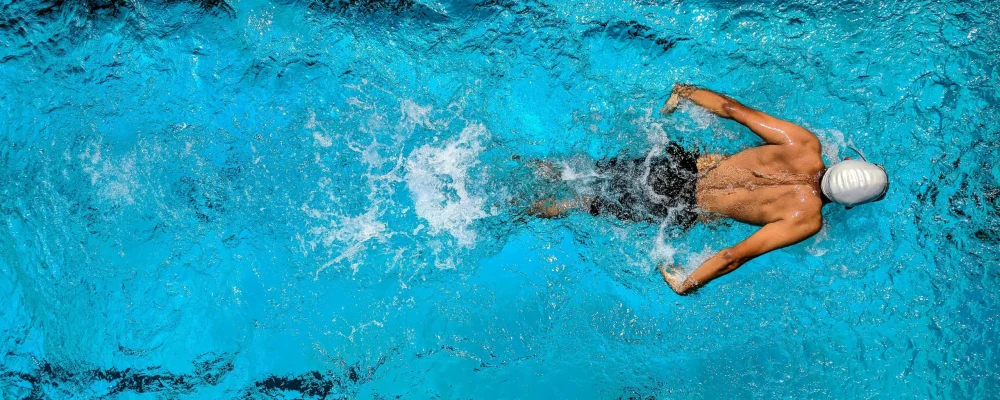
As the temperatures drop and swimming season ends, properly winterizing your saltwater chlorinator becomes essential. Whether you live in a region with freezing winters or just want to preserve your equipment during long periods of non-use, these steps will help you protect your investment and ensure a smooth reopening in spring.
Unlike other pool equipment, saltwater chlorinators contain sensitive electronic components and internal sensors that can be damaged by ice, corrosion, or prolonged stagnation. If water freezes inside the cell or power unit, it can crack the housing, damage electrodes, or destroy the flow switch.
Winterizing is not just about shutting things down—it’s about protecting performance, lifespan, and safety.
Always shut off the power supply at the breaker before beginning. For models hardwired into your pool system, disconnect power leads from the control box.
Carefully unscrew and remove the cell from your plumbing system. Rinse it with clean water to remove residual salt, debris, or calcium buildup. Do not use metal tools or pressure washers.
If needed, soak the cell in a 4:1 water-to-acid cleaning solution (check your manual for exact ratios) for a few minutes to dissolve stubborn scale. Rinse thoroughly and let it air dry.
Make sure no water remains in the cell. Store it indoors in a dry, temperature-controlled area—ideally inside its original packaging or a padded container to avoid damage.
If your chlorinator’s control panel or power box is outdoors and exposed to the elements, cover it securely with a waterproof and UV-resistant enclosure. In areas with freezing conditions, consider removing the control unit entirely and storing it indoors if the model allows.
Install a bypass pipe or use threaded caps to seal the gaps left by the removed cell. This will allow your circulation system to function without leaks during the winter months.
Wait until the danger of frost has passed and the pool water is circulating again. Reinstall the chlorinator cell only after thoroughly inspecting it for cracks or corrosion. Prime the system and allow water to fully pass through before powering it on.
TROXLLY saltwater chlorinators feature titanium core cells with anti-corrosion coatings and self-cleaning functions that reduce seasonal buildup. Our enclosures are IP-rated for splash and weather resistance, and our system memory preserves user settings—even after seasonal shutdowns.
With models supporting 15,000 to 60,000-gallon pools, TROXLLY offers flexible, reliable solutions built for durability across all climates.
